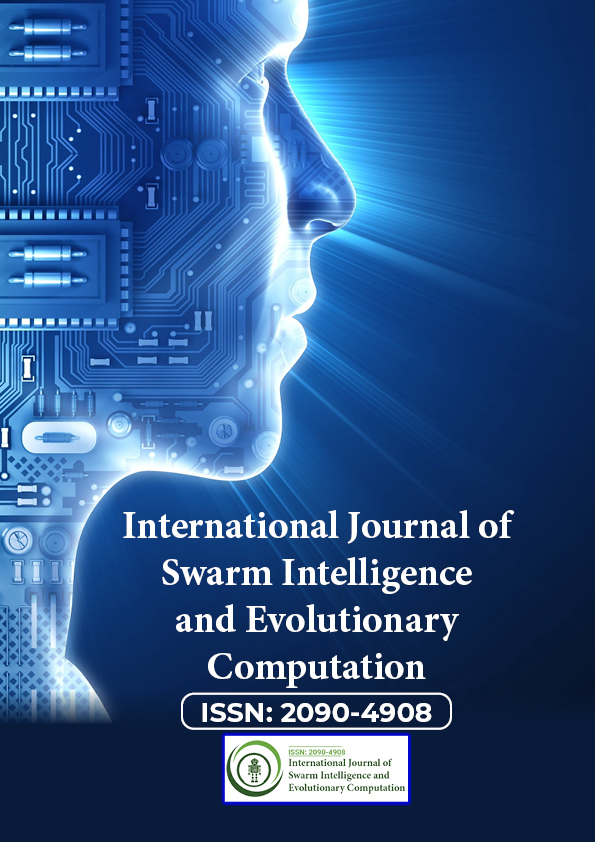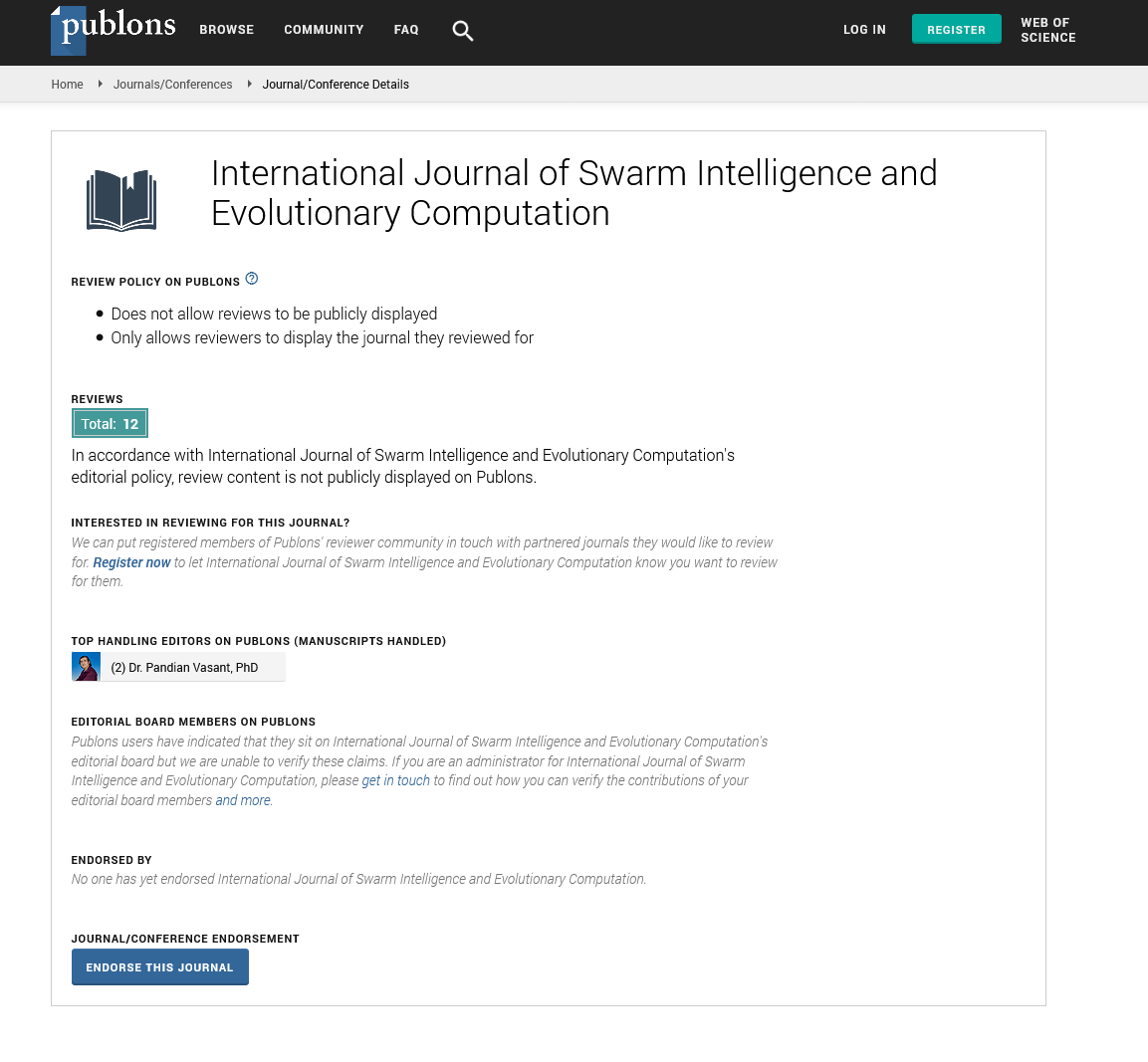Indexed In
- Genamics JournalSeek
- RefSeek
- Hamdard University
- EBSCO A-Z
- OCLC- WorldCat
- Publons
- Euro Pub
- Google Scholar
Useful Links
Share This Page
Journal Flyer

Open Access Journals
- Agri and Aquaculture
- Biochemistry
- Bioinformatics & Systems Biology
- Business & Management
- Chemistry
- Clinical Sciences
- Engineering
- Food & Nutrition
- General Science
- Genetics & Molecular Biology
- Immunology & Microbiology
- Medical Sciences
- Neuroscience & Psychology
- Nursing & Health Care
- Pharmaceutical Sciences
Abstract
Detection of Diseases in Rice Plant Using Optimized AdaBoost Classifier
Ratnesh Kumar Dubey* and Dilip Kumar Choubey
This research uses optimized AdaBoost to propose a dependable paddy plant leaf disease detection method. Preprocessing, feature extraction, classification and segmentation are the four processes that the study addresses. First, a red, green and blue format is applied to the input picture. The green band has a vivid foliage component set against a backdrop with strong contrast. During the preprocessing stage, the green band is allocated to the noise reduction procedure. A median filter is used to eliminate any noise that may have been caught in the picture. Next, utilizing the texture and color histogram characteristics, significant features of the green band are retrieved. The process of extracting texture characteristics involves taking a look at each picture and determining its GLCM texture features. This includes features like autocorrelation, contract, correlation, cluster prominence, cluster shade, dissimilarity, homogeneity, energy, entropy, variance, maximum probability and sum average. Based on mean and standard deviation, the color histogram feature retrieved features. The standard deviation in this case indicates that an image with low differentiation will have low variance and a picture with high difference will have high variance. Mean indicates that a bright picture has a high mean and a dim picture has a low mean. To identify an image as healthy or unhealthy, such as bacterial blight, tungro or leaf blast, the retrieved features are sent to the optimize AdaBoost classifier after feature extraction. The Adaptive Sunflower Optimization (ASFO) method is used to choose the AdaBoost settings in an ideal manner to maximize its performance. The learning rate, max depth, min child weight and gamma parameters of AdaBoost are the optimal parameters by the use of ASFO. A level set segmentation technique is then used to further divide the affected area. The greatest accuracy achieved by the Optimized AdaBoost technique was 96.94%.
Published Date: 2025-06-26; Received Date: 2024-07-31


